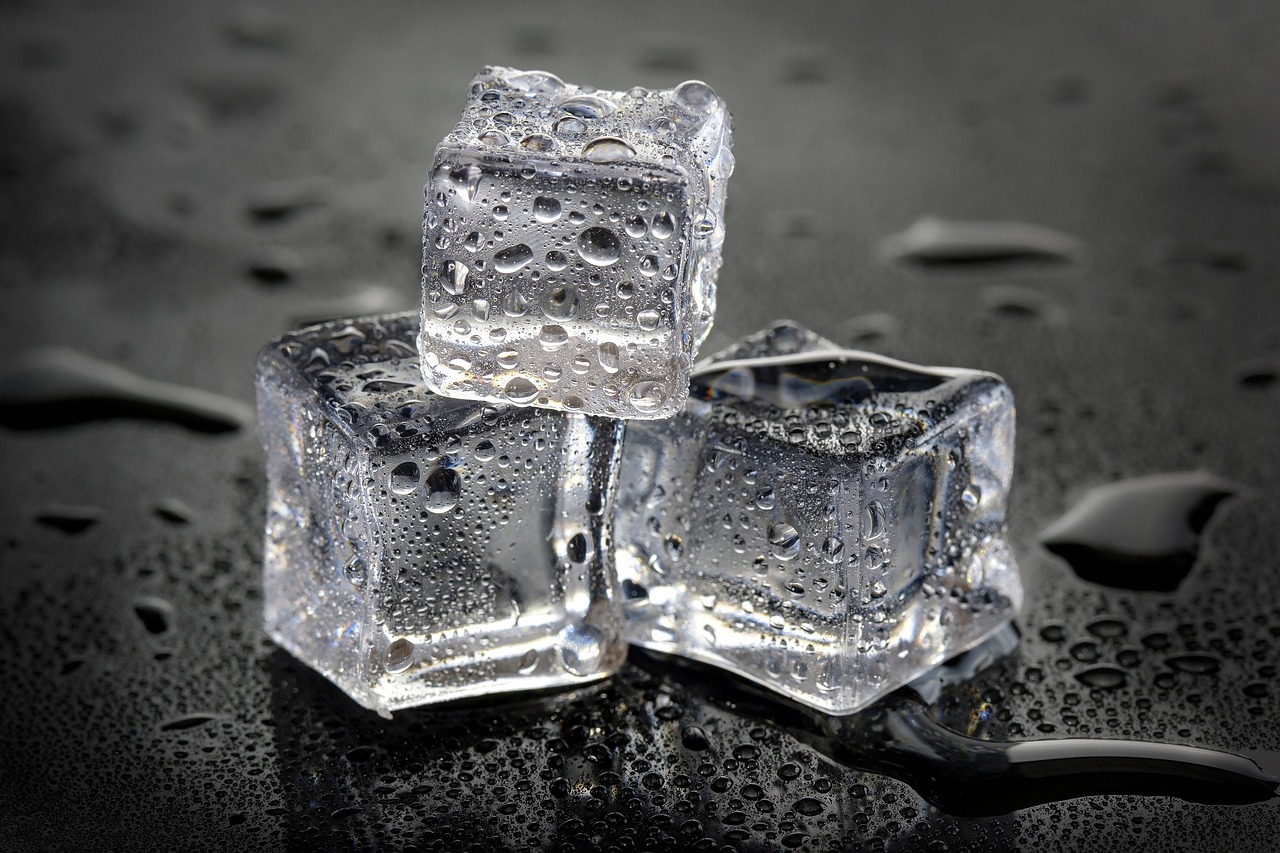A 7-gallon tree typically grows to a height of 6 to 10 feet, depending on the species and growing conditions. The growth rate may vary, but with proper care, you can expect it to thrive and reach its full potential over several years.
Understanding Tree Growth
When considering the growth of a 7-gallon tree, it is essential to recognize that several factors influence its overall size. These factors include the tree species, soil quality, sunlight exposure, and water availability. Understanding these elements can help you make informed decisions about planting and caring for your tree.

The size of a tree at maturity is determined by its genetic makeup and environmental factors. A 7-gallon tree is often about two to three years old and has been nurtured in a container, allowing for easier transplantation into gardens or landscapes. But as you plan your planting, keep in mind that growth patterns can significantly differ among various species.
Factors Affecting Growth
The following are key factors that can affect how big a 7-gallon tree will grow:
- Species: Different species have varying growth rates and mature sizes. For example, a Red Maple may grow faster than an Oak.
- Soil Quality: Well-draining, nutrient-rich soil promotes healthy growth. Poor soil can stunt development.
- Sunlight: Most trees need full sun for at least six hours daily. Insufficient light can lead to slower growth.
- Watering: Consistent watering is crucial, especially during dry spells. However, overwatering can be detrimental.
Typical Growth Rates
The growth rate of a tree can vary widely based on its species and environmental conditions. Below is a table showing typical growth rates for various common tree species that might be offered in 7-gallon containers:

| Tree Species | Average Height (Feet) at Maturity | Growth Rate (Inches per Year) |
|---|---|---|
| Red Maple | 30-50 | 24-36 |
| Sweetgum | 60-75 | 24-36 |
| Eastern Redbud | 20-30 | 12-24 |
| Lacebark Elm | 40-50 | 24-36 |
| Live Oak | 40-80 | 12-24 |
The table illustrates that some trees grow much faster than others. For instance, Red Maples and Sweetgums are known for their rapid growth, while Eastern Redbuds tend to grow at a slower pace. This information can guide your choice if you are looking for quick shade or ornamental trees.
Importance of Proper Care
Caring for your 7-gallon tree is vital for maximizing its growth potential. This care includes appropriate planting techniques, regular watering, fertilization, and pruning. Ensuring that the tree is planted at the correct depth and location will set the foundation for its long-term health.
Regular maintenance will also help your tree thrive. Mulching around the base can retain moisture and suppress weeds. Additionally, monitoring for pests and diseases can prevent issues that could hinder growth.

The age of a 7-gallon tree is significant when considering its future. Younger trees are generally more adaptable and responsive to care, making it essential to establish good habits early on to ensure a robust and healthy tree as it matures.
In conclusion, understanding the growth potential of a 7-gallon tree involves recognizing the various influencing factors, proper care techniques, and the specific traits of the species you choose. With the right approach, your tree can flourish and grow to its intended size.
Tree Size Measurement Techniques
Measuring how tall a 7-gallon tree will grow involves using various techniques and tools. Understanding these methods can help you gauge your tree’s growth over time. Accurate measurements are essential for landscaping decisions, especially when planning space for multiple trees or other plants.
Height Measurement
The most common way to measure the height of a tree is through direct measurement. However, there are several methods to consider:

- Direct Measurement: Use a tape measure or a measuring stick to determine the height from the ground to the tallest point of the tree.
- Clinometer Method: A clinometer is a tool that helps measure the angle of elevation to the top of the tree. By combining this angle with the distance from the tree, you can calculate height using trigonometry.
- Shadow Method: On a sunny day, measure the length of the tree’s shadow and the shadow of a vertical object of known height. Then use a ratio to find the tree’s height.
Diameter at Breast Height (DBH)
Another important measurement for trees is the Diameter at Breast Height (DBH). This measurement provides insight into the tree’s growth and health. To measure DBH:
- Locate the point on the tree trunk that is approximately 4.5 feet above ground level.
- Use a measuring tape or caliper to measure the circumference of the trunk at this height.
- Convert the circumference to diameter by dividing by π (approximately 3.14).
Growth Patterns Over Time
The growth pattern of a tree is not linear but rather varies through different stages of its life. Initially, young trees may exhibit rapid growth, while older trees might show slower increases in height and diameter. Understanding this pattern can set realistic expectations for tree growth.
| Age (Years) | Height Growth (Feet) | DBH Increase (Inches) |
|---|---|---|
| 1 | 2-3 | 0.5-1 |
| 3 | 4-6 | 1-2 |
| 5 | 6-8 | 2-3 |
| 10 | 10-15 | 3-5 |
| 20 | 20-30 | 6-10 |
Environmental Factors Influencing Growth
Certain environmental factors can significantly influence how big a 7-gallon tree will grow. Understanding these factors can help you create optimal conditions for your tree.
Soil Composition
The soil in which a tree is planted plays a crucial role in its growth. Healthy soil should be:
- Nutrient-rich: Contains essential minerals like nitrogen, phosphorus, and potassium.
- Well-draining: Prevents waterlogging, which can lead to root rot.
- Aerated: Allows for adequate air exchange in the root zone.
Climate Conditions
The climate in your area greatly affects tree growth. Key climate factors include:
- Temperature: Trees generally prefer specific temperature ranges, with extreme heat or cold potentially stunting growth.
- Humidity: Adequate humidity levels are essential for transpiration and overall tree health.
- Wind Exposure: Trees may need protection from strong winds that can cause physical damage and stress.
Sunlight Requirements
The amount of sunlight a tree receives directly impacts its growth rate. Most trees require full sun, which means at least six hours of direct sunlight each day. Trees planted in shaded areas may not grow as vigorously and could develop weak structures.
In addition to these factors, understanding how to select the right location for planting your 7-gallon tree is vital. Evaluating your space for sunlight exposure, soil type, and protection from harsh weather will set the stage for successful growth.
By implementing proper measurement techniques and considering environmental factors, you can effectively monitor and support your 7-gallon tree’s growth journey. Proper care and attention will ensure that your tree reaches its full potential over time.
Common Tree Species in 7-Gallon Containers
When considering a 7-gallon tree, it’s important to know which species are commonly available. These trees can vary significantly in growth potential, care requirements, and overall appearance. Below, we explore some popular species you might encounter.
Deciduous Trees
Deciduous trees are known for shedding their leaves in the fall. They often provide beautiful autumn colors and are generally fast-growing. Here are some common deciduous trees sold in 7-gallon containers:
- Red Maple: Known for its stunning fall foliage, it can grow 30 to 50 feet tall and prefers moist, well-drained soil.
- Sweetgum: This tree grows quickly, reaching heights of 60 to 75 feet. It thrives in full sun and adapts well to different soil types.
- Eastern Redbud: A smaller tree, typically growing to 20-30 feet, it is valued for its early spring blossoms and heart-shaped leaves.
Evergreen Trees
Evergreen trees retain their leaves year-round, providing greenery even in winter. They can also serve as effective windbreaks. Some popular evergreen options include:
- Loblolly Pine: This fast-growing pine can reach heights of 40 to 100 feet and thrives in a variety of soil conditions.
- Eastern White Pine: Known for its long needles, this tree grows 50 to 80 feet tall and prefers well-drained, sandy soils.
- Canadian Hemlock: This tree can grow to 40 to 70 feet tall, thriving in shaded areas with moist, well-drained soil.
Optimal Planting Conditions
For a 7-gallon tree to thrive, it is essential to consider optimal planting conditions. Proper planning can enhance growth and longevity.
Site Selection
Selecting the right site for planting is crucial. Consider the following factors:
- Space: Ensure there is enough room for the tree to grow without obstruction from buildings or other plants.
- Slope: Avoid low-lying areas where water may pool. Choosing slightly elevated ground helps with drainage.
- Accessibility: Make sure the location is easily accessible for maintenance tasks like watering and pruning.
Soil Preparation
Preparing the soil before planting can greatly affect the tree’s growth. Follow these steps:
- Test Soil pH: A pH level between 6.0 and 7.5 is usually ideal for most trees.
- Add Organic Matter: Incorporate compost or well-rotted manure to improve soil structure and nutrient content.
- Tilling: Loosen the soil at least 12 inches deep to promote root penetration.
Caring for Your 7-Gallon Tree
A successful growth journey for your 7-gallon tree begins with proper care right after planting. Here are some essential care tips:
Watering
Watering is one of the most critical aspects of tree care, especially during the first few years after planting. Consider the following:
- Initial Watering: After planting, give the tree a deep watering to help settle the soil around the roots.
- Consistency: Water regularly, especially during dry spells. Aim for about one inch of water per week.
- Avoid Overwatering: Ensure the soil is well-draining to prevent root rot. Check moisture levels before watering.
Fertilization
Providing nutrients is essential for healthy growth. Here are some guidelines for fertilizing your tree:
- Timing: Fertilize in early spring to support new growth.
- Type of Fertilizer: Use a slow-release fertilizer or organic options like compost to prevent nutrient burn.
- Application: Follow package instructions for application rates based on your tree’s age and size.
Pruning
Regular pruning helps maintain the health and shape of your tree. Here are some tips:
- Timing: Prune during late winter or early spring before new growth begins.
- Cuts: Make clean cuts at a slight angle to encourage healing and reduce disease risk.
- Avoid Over-Pruning: Remove only dead or diseased branches to prevent stress on the tree.
Caring for your 7-gallon tree involves consistent attention and knowledge about its specific needs. By focusing on optimal planting conditions and ongoing maintenance, you can ensure that your tree will thrive and reach its full growth potential over time.
Additional Considerations for Tree Growth
In addition to the basic care techniques discussed, there are several additional considerations that can enhance the growth of your 7-gallon tree. These aspects can make a significant difference in how well your tree adapts to its environment and thrives over time.
Pest and Disease Management
Monitoring for pests and diseases is crucial for maintaining the health of your 7-gallon tree. Here are some common issues to watch out for:
- Aphids: These small insects can cause leaves to curl and stunt growth. Use insecticidal soap or natural predators like ladybugs to manage them.
- Fungal Infections: Issues such as powdery mildew can affect leaves. Ensure good air circulation and avoid overhead watering to reduce moisture on foliage.
- Root Rot: Caused by overwatering or poor drainage, root rot can severely damage your tree. Ensure soil drains well and monitor watering practices.
Mulching Benefits
Applying mulch around the base of your tree has several benefits that can promote healthy growth:
- Moisture Retention: Mulch helps the soil retain moisture, reducing the frequency of watering.
- Weed Suppression: A layer of mulch can prevent weeds from competing for nutrients and water.
- Temperature Regulation: Mulch keeps the soil temperature stable, which is beneficial for root development.
Seasonal Care Adjustments
Your tree’s care routine may need to adapt with the changing seasons. Here are some seasonal tips:
- Spring: Focus on fertilization and pruning as new growth begins. Check for pests and diseases that may have emerged after winter.
- Summer: Monitor water needs, especially during hot spells. Mulch can be particularly helpful in summer to retain moisture.
- Fall: As leaves drop, prepare for winter by ensuring that the tree is adequately watered before the ground freezes.
- winter: Protect young trees from harsh winter conditions by wrapping trunks and ensuring they are not exposed to extreme winds.
Final Thoughts
Measuring how big a 7-gallon tree will grow involves understanding various factors, including species selection, environmental conditions, and proper care techniques. By recognizing the unique characteristics of different tree species and implementing effective maintenance strategies, you can maximize growth potential and ensure a healthy, thriving tree.
Remember that while some trees may grow quickly, others will take time to reach their full height. Patience is essential in nurturing your tree through its early years. With consistent attention to watering, fertilization, pest management, and seasonal adjustments, your 7-gallon tree can become a beautiful addition to your landscape.
Ultimately, successful tree growth is a rewarding journey that contributes positively to the environment. Trees provide shade, improve air quality, and enhance the aesthetic appeal of any space. By taking the right steps in measuring, caring for, and understanding your 7-gallon tree, you will witness the transformation of a small sapling into a magnificent part of your outdoor setting.
As you embark on this journey, stay informed about your specific tree species and be proactive in addressing any challenges that arise. With dedication and care, you can create a flourishing environment where your 7-gallon tree will thrive for years to come.
